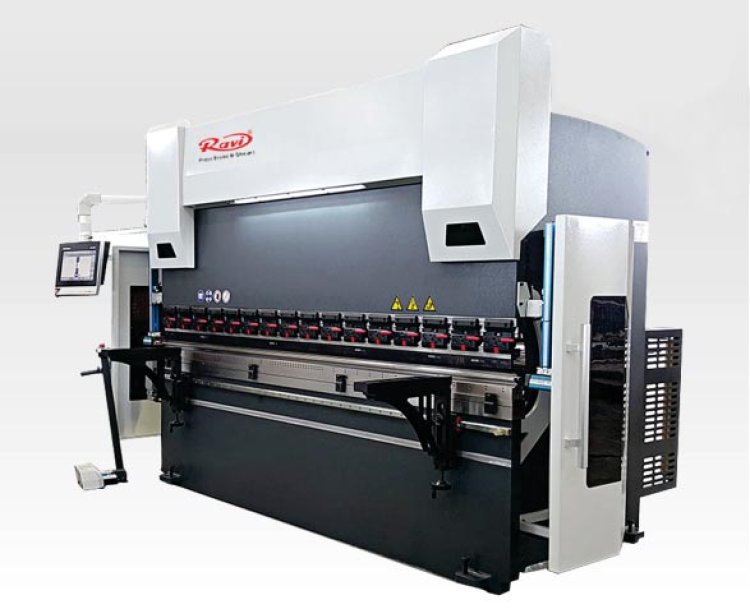How can we apply robotic bending in CNC Press Brake integration?
Integrating robotic bending with CNC Press Brake technology enhances accuracy, productivity, and safety while reducing costs. Bending Machine Manufacturers investing in robotic automation will stay ahead in the competitive metal fabrication industry. As technology advances, robotic bending will become the standard for Mechanical Press Brake operations, transforming metalworking processes globally.
Share this Post to earn Money ( Upto ₹100 per 1000 Views )

The integration of robotic bending in CNC Press Brake systems is revolutionizing the metal fabrication industry. Automation enhances precision, reduces labor costs, and improves efficiency. Leading Bending Machine Manufacturers are increasingly incorporating robotic solutions to streamline production. By integrating robotic arms with Mechanical Press Brake machines, manufacturers achieve seamless, high-speed bending with minimal human intervention.
Benefits of Robotic Bending in CNC Press Brake Integration
- Enhanced Accuracy and Repeatability
Robotic bending ensures consistent bending angles and minimizes human error, improving the overall quality of bent metal parts. - Labor Cost Reduction
Automating the bending process reduces the need for manual labor, lowering operational costs and mitigating the challenges of skilled labor shortages. - Safety Improvements
Robotic arms handle heavy metal sheets, reducing the risk of workplace injuries and enhancing operator safety. - Material Efficiency
Robotic bending optimizes material usage, reducing waste and ensuring a more sustainable manufacturing process. - Increased Productivity
A robotic system integrated with a CNC Press Brake can work continuously, eliminating downtime and increasing production output.
Key Components of Robotic CNC Press Brake Integration
- Industrial Robot Arm: Picks, positions, and bends metal sheets with precision.
- Vision System: Detects and aligns materials accurately for consistent bending.
- CNC Press Brake Controller: Synchronizes robotic movements with the bending cycle.
- Grippers & End Effectors: Customized tools that securely hold metal sheets during bending operations.
- Safety Enclosures & Sensors: Protect operators and ensure smooth robotic operation.
Steps to Implement Robotic Bending in CNC Press Brake Systems
- Assess Manufacturing Needs
Analyze production volume, material types, and bending complexity to determine the right robotic integration. - Choose a Compatible Robot & Press Brake
Select a robotic arm and CNC Press Brake that can communicate effectively and handle required workloads. - Install & Program the System
Configure the robot’s motion paths and integrate the press brake’s bending parameters for seamless operation. - Test and Optimize
Run trial operations to fine-tune speed, positioning, and bending angles for maximum efficiency. - Train Operators & Maintenance Team
Educate staff on operating and troubleshooting robotic bending systems to minimize downtime.
Future of Robotic Bending in CNC Press Brake Manufacturing
The demand for automated bending solutions is rising as Bending Machine Manufacturers focus on smart manufacturing. Future advancements will see AI-driven Mechanical Press Brake systems with predictive analytics, self-learning capabilities, and real-time monitoring, further improving efficiency.
Conclusion
Integrating robotic bending with CNC Press Brake technology enhances accuracy, productivity, and safety while reducing costs. Bending Machine Manufacturers investing in robotic automation will stay ahead in the competitive metal fabrication industry. As technology advances, robotic bending will become the standard for Mechanical Press Brake operations, transforming metalworking processes globally.













